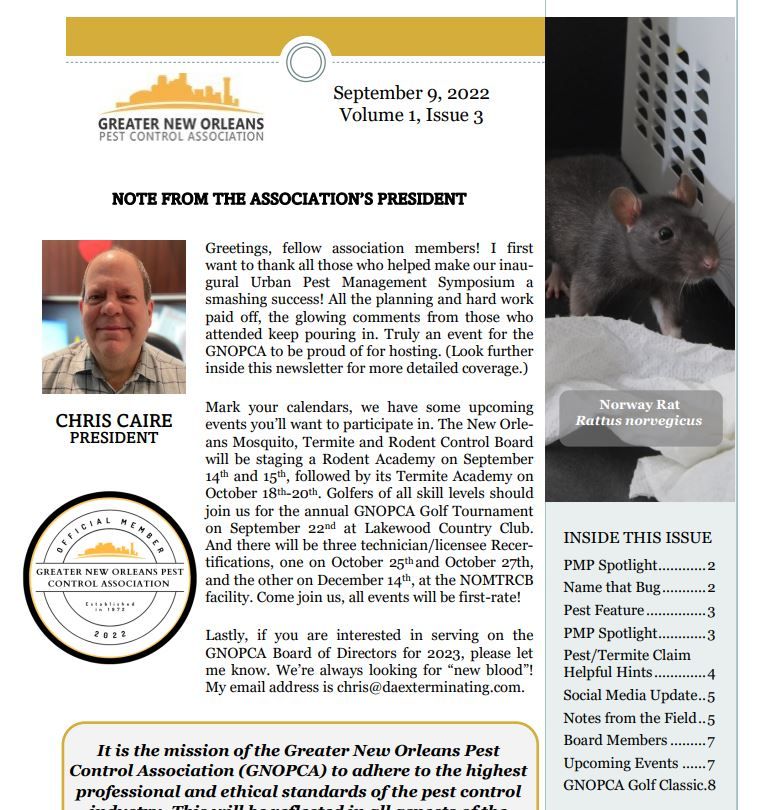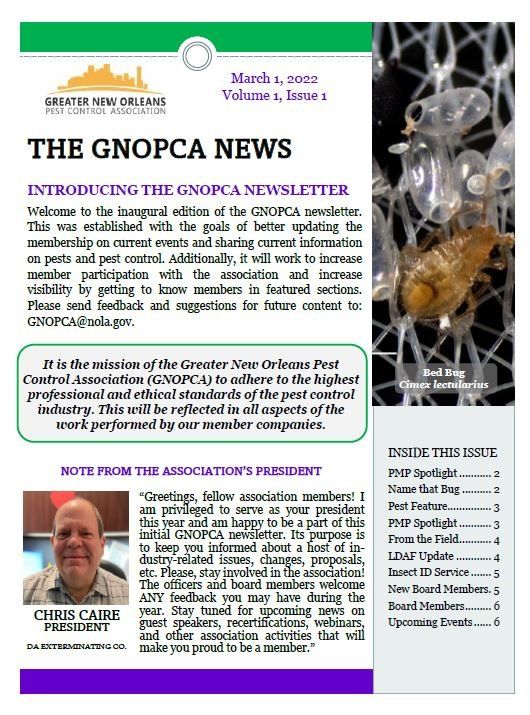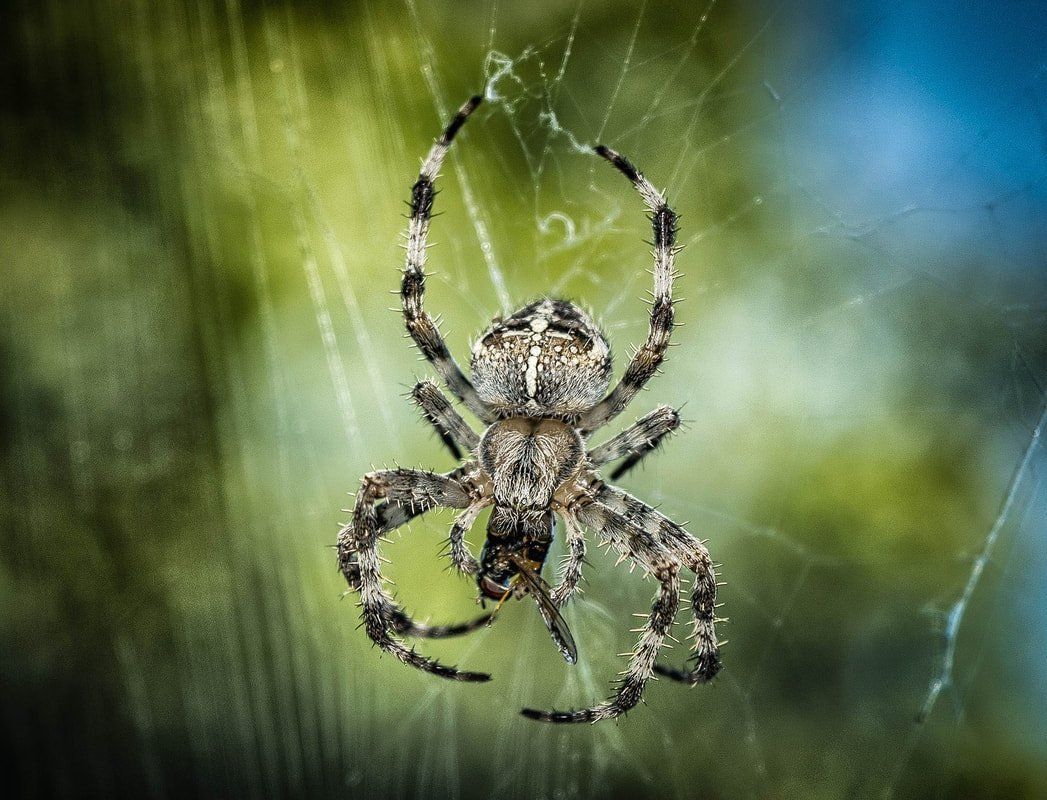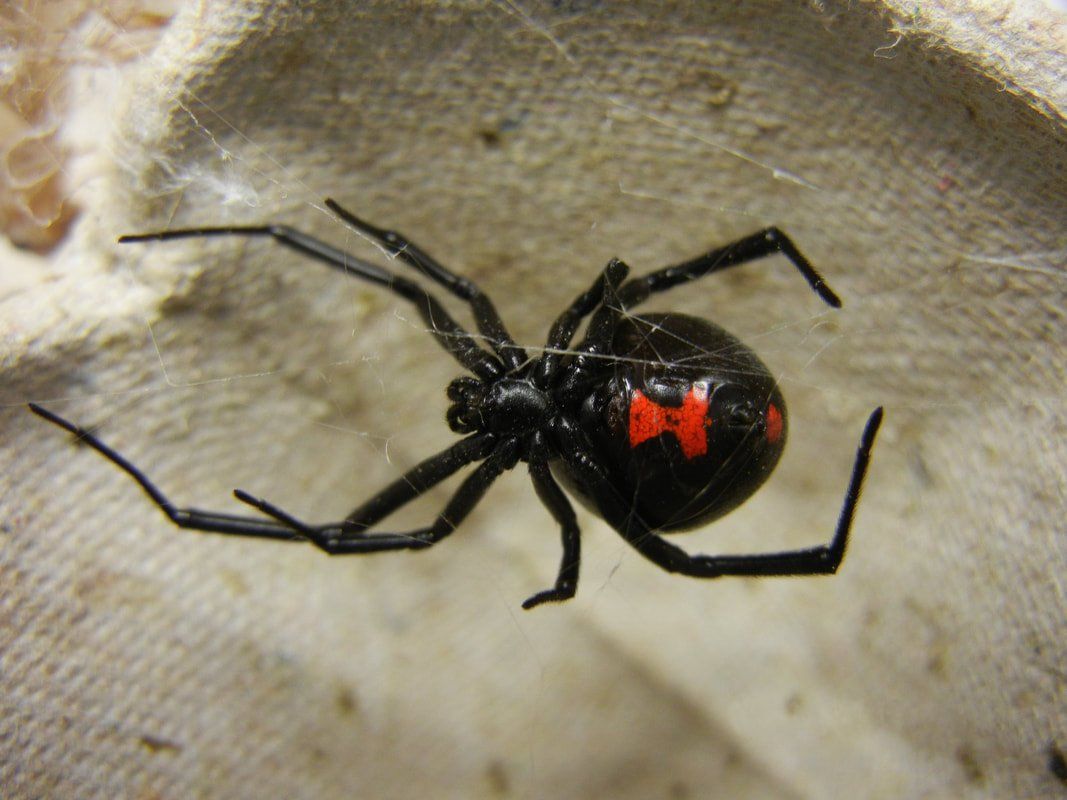DA Exterminating Co., Inc. | 4440 Wabash Street Metairie, LA 70001
📞(504) 888-4941
DA Exterminating Co. of St. Tammany, Inc. | 13433 Seymour Myers Blvd., Ste 2 Covington, LA 70433
DA Exterminating Co. of Houma, Inc. | 202 Enterprise Dr. Houma, LA 70360
Blog Layout
3 Things You MUST Know about Cockroaches
Admin • Dec 16, 2014
Among its numerous luxurious, design and different charms, New Orleans has an alternate notorious, uncelebrated one: a huge energetic cockroach population. They’re here year round, the American cockroach can be seen making its way around your home, fluttering on walkways at nightfall, and scaring the populace. We’ve collected the three biggest things you may not know about these critters. Of course the #1 thing you should know is that you don’t have to tolerate them. We’re here to help eradicate them; just give us a call! 1. Cockroaches eat pretty much anything. . . even their perished brethren, and they have a sweet tooth and like to eat sugary and starchy things, like desserts, cardboard and book binding glue. Included in their fairly varied eating habit is their love of human garbage.
These unusual dietary preferences lead to their ruining food and contaminating food preparation surfaces. And they affect human well-being in three ways: a) their nasty eating habits, dining on both human excrement and human foods; b) their aimless poop habits; and c) their talent for spewing digestive liquids as they eat! Really endearing, right?
2. Cockroaches carry pathogens of disease. Over 30 species of bacteria have been found on the cuticle and in the gut of roaches, including those of serious medical importance such as E. coli, various strains of Salmonella and Staphylococcus. Cockroaches were also suspected to be the cause of a hepatitis A outbreak in a Los Angeles housing project in the late 1950s.
Though it’s difficult to say what part roaches play in small disease outbreaks, they are capable of harboring antibiotic-resistant bacteria. A 2012 study in Ethiopia looked at cockroaches trapped in a neonatal intensive care unit and found widespread multi-drug resistance among individual species of bacteria residing in the roaches.
3. Cockroaches are filthy. Cockroaches spoil our clean, bleached perception of the world. They are the boldest creepy animals flourishing in our homes and businesses. They need us for the waste and sanctuary we provide, and for that we HATE them. They truly are terrible – they serve as an effective means for disease and filth transmission.
So now that we’ve let you know how awful these little buggers are, you’ll want to give us a call when you see even one in your home. After all, if there is just one in the open spaces of your home, there very well may be more in hidden areas! Ick!!
Want to read more? Click here.

By Lorenz Marsh
•
14 Jun, 2022
Always proud to be a member of PCT Magazine’s “Top 100” companies ( by annual revenue) in America. This is Ed, Jed and me accepting the award in Orlando the other night. Thanks to our wonderful DA team at all 3 DA branches and our loyal customers, it takes everyone to achieve success! (David Cherry, our longtime GM in Houma, left before we grabbed this photo…sorry David!) — Chris Caire, Jed, and Ed Reynolds.
By Admin
•
14 Dec, 2018
One noticeable change in the outdoors as winter approaches is the reduction of flying insects such as mosquitoes, flies, and bees.
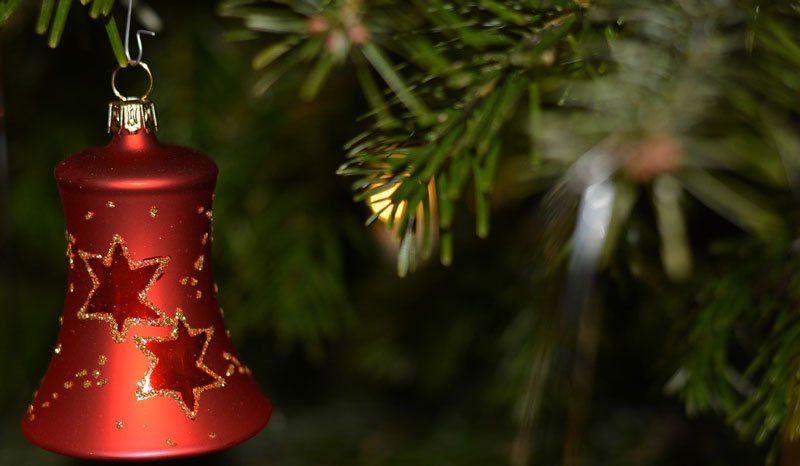
By Admin
•
06 Dec, 2018
When the holidays come to an end, it will be time to store the trees and decorations until Christmas 2019. Safeguard all of your favorite holiday decorations so they are free of pests while sitting in the attic, basement or other storage space until the holiday season comes around next year. Christmas decorations provide harborage and, in some cases, food for various kinds of pests, especially rodents. So we have assembled some decoration storage tips to prevent surprises next year when you open your decoration containers. to seal them in plastic containers if you must save these from 1) Dried berries, seeds and other natural materials are especially attractive to mice. The best idea is to seal them in plastic containers. Discard natural decorations after using each year including real gingerbread houses, candy canes and natural wreaths. 2) Cardboard can be a favorite nesting material for rodents, so don’t store artificial Christmas trees in cardboard; instead, use plastic sealable bags or containers. That goes for all other Christmas decorations. 3) Examine all decorations for any that are broken or that you won't use next year and discard them. 4) Wash linens and other fabrics and store in sealed plastic bags to prevent moisture. 5) Before loading containers into a garage, basement, attic or other storage area, examine them and clean thoroughly to remove any debris that may be harborage areas for mice. 6) Store holiday candles separately. The scent from a candle can attract unwanted guests. Placing the candles in an area that is not exposed to extreme heat (e.g., attics or sheds) will resolve this problem. Wrap candles in plastic to prevent them from melting together or transferring color in warm conditions. If you follow these tips to properly pack and store your decorations, not only will you be more organized for Christmas 2019, but you will reduce the possibility of pests trying to share next year's holiday with you! To get more information on pest control services in New Orleans, contact the experts at DA Exterminating today by calling 800-650-PEST . Wishing you and your family a pest-free New Year!
By Admin
•
14 Nov, 2018
DA Exterminating is proud to present these easy pest prevention tips to keep pests from taking up residence in your New Orleans-area home.
By Admin
•
01 Nov, 2018
The time it takes to check your home before winter arrives will pay off in preventing pest problems. Here are five things you can do!
By Admin
•
17 Sep, 2018
t’s that time of year when certain pests seek a warm place to overwinter and this usually means YOUR HOME! We’ve assembled some tips to prevent these critters from moving in with you. Vacuuming is the best way to eliminate the insects once they are inside. Before the winter months approach, seal gaps around windows and doors, including garage doors. The best time for this is during the summer after pests have left their overwintering site, and before they come back for the next season. Look for areas where pipes and electrical or cable lines enter the building. Gaps around these areas should be sealed. Look for openings around soffits, eaves, attic fans, windows and vents in the attic used for ventilation. Many times these areas are not screened, allowing overwintering pests inside. Be sure screens on windows are in good repair and have no openings. Inspect chimneys. Be sure the damper is closed when not in use, and know that if you’re dealing with a wood-burning fireplace, lighting a fire may discourage the insects from using the chimney as an entry point. Tell customers that using “bug bombs” to treat the inside of a house can backfire — they may end up with dead insects still inside the walls, which then attract secondary pests, such as carpet beetles. Concerned about Fall Invaders? Call us today. 800-650-PEST .
Contact Information
DA Exterminating Co. of St. Tammany, Inc.
13433 Seymour Myers Blvd., Ste 2 Covington, LA 70433
All pictures, images and info contained in this website do not belong to any other parties other than Thryv and/ or DA Exterminating.
Content, including images, displayed on this website is protected by copyright laws. Downloading, republication, retransmission or reproduction of content on this website is strictly prohibited. Terms of Use
| Privacy Policy


